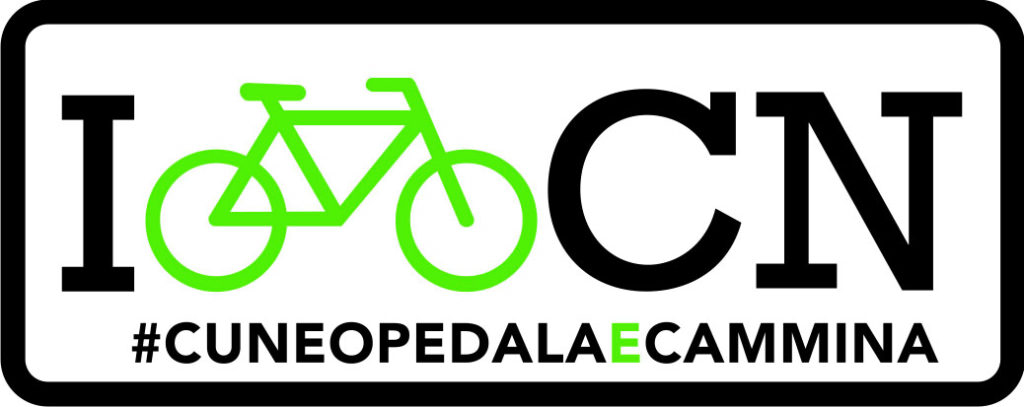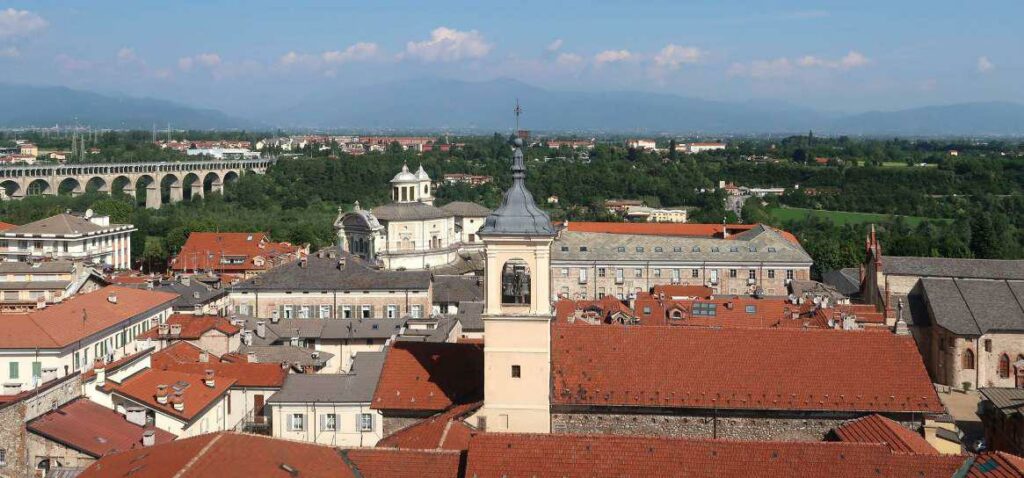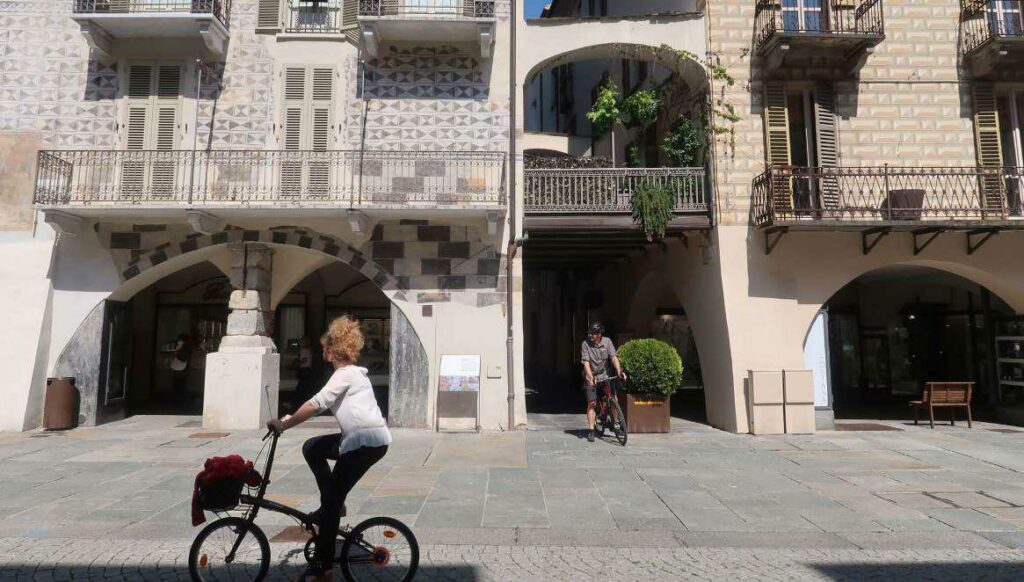Cuneo and its surrounding area are home to a wealth of valuable architectural, sculptural and pictorial elements of Baroque art, produced between the sixteenth and eighteenth centuries. The historical, commercial and social vicissitudes of the period generated wealth and opulence, traces of which can still be seen in magnificent palazzos, civic buildings and churches. Baroque art reflects the cultural changes of the time through an abundance of arabesques, curved lines, stucco and lavish decorations.
The motto of the Baroque arts was docere delectando, or to create wonder and amazement in the beholder, through intricate skilful decorations with an admirable mix of sculptures, paintings and even stage sets worthy of a theatre, thanks to the absolute mastery of the laws of perspective that resulted in pompous optical illusions designed to celebrate the greatness of the powers-that-were.
One of the figures who contributed most to the development of the Baroque in the Cuneo area was the architect Francesco Gallo, who was behind the urban rebirth of many towns in Piedmont. Francesco Gallo and the architect Antonio Bertola were responsible for the design of the Church of Santa Croce in Cuneo, one of the jewels of Piedmontese Baroque.
Set within the large complex of the Santa Croce hospital, the church’s façade is characterised by a concave structure that creates a small churchyard, particularly striking seen from the direction of the districts in the old city centre. The main artists of the period worked on the magnificent interior decoration, which has been well preserved over time.
After destruction of its original Romanesque layout, the Church of Sant’Ambrogio di Cuneo was rebuilt at the beginning of the eighteenth century to a grandiose design by Gallo himself. The baroque façade announces rich interiors where a majestic frescoed dome lends impetus and luminosity.

 Français
Français Deutsch
Deutsch Italiano
Italiano

